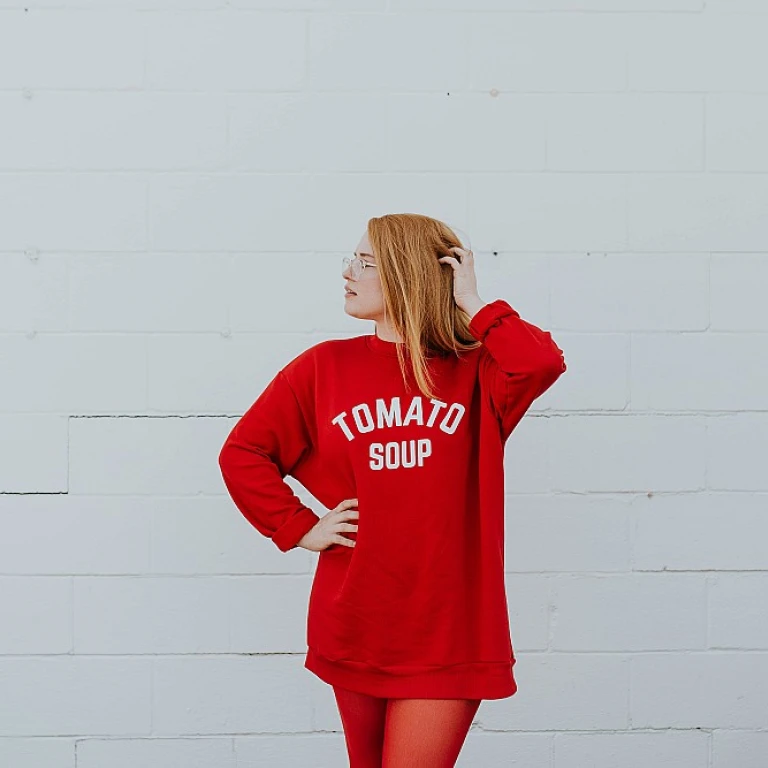Decoding Baby Clothing Sizes
Navigating the World of Baby Clothing Sizes
Embarking on the delightful journey of dressing your little one can be both exciting and bewildering, especially when confronted with the intricate realm of baby clothing sizes. Unlike adult clothing, which typically adheres to a more standardized sizing system, baby clothes present a unique set of challenges due to the varying growth rates and brand-specific measurements. As a result, understanding the nuances of baby clothing sizes becomes essential for parents trying to determine what size best fits their precious bundle of joy.
Baby clothing sizes are usually based on age, height, or weight. However, these guidelines can vary greatly between brands, making it important for parents to familiarize themselves with the individual sizing charts of different labels. Some brands might label their clothes by age ranges, such as 0-3 months or 3-6 months, while others might use measurements like chest, waist, and inseam to determine the right fit.
To further complicate matters, the growth patterns of babies are anything but predictable. Some infants may experience growth spurts that quickly change their clothing requirements, requiring parents to constantly reassess their child's needs.
If you're on the hunt for more insights into the charming styles and practicalities of baby clothing, be sure to take a look at our guide to
adorable clothing for baby girls to ensure your little one stays stylishly comfortable in the right size.
Size 62: What Does It Mean?
Unpacking What Size 62 Means
When it comes to baby clothing, the myriad of numbers and sizes can seem overwhelming to new parents. Among the European sizing system, you might have stumbled upon "size 62" and wondered what this actually refers to. Simply put, baby sizes in Europe correspond to the baby's length in centimeters. Therefore, size 62 is designed for infants who are approximately 62 cm tall, typically around three months old.
However, understanding this one number is just a piece of the puzzle. To ensure a good fit, it's essential to consider not just your baby’s height but also their weight and overall build. Babies grow quickly, and size can vary greatly from brand to brand. This is why knowing how to measure your baby accurately and cross-referencing those measurements with brand-specific size charts is crucial.
Understanding how to measure correctly can help mitigate sizing inconsistencies and avoid the frustration of returns. Moreover, organizing your baby's wardrobe efficiently can further simplify this task and many other parenting challenges. For more smart ways to keep baby clothes organized, check out our detailed guide
here.
Navigating the world of baby clothing can be much simpler when you're equipped with the right knowledge and tips. Happy shopping!
How to Measure Your Baby
Measuring Your Little One: A Baby Clothing Size Guide
Before you embark on a shopping spree for your baby's wardrobe, it's essential to accurately measure your little one to ensure the perfect fit. Understanding baby clothing sizes, such as size 62, hinges on knowing your baby's current dimensions. So, grab a measuring tape and let's get started.
First and foremost, it's crucial to measure your baby's length from head to toe. This measurement is vital as European sizing, including size 62, often references the baby's height in centimeters. Size 62, for instance, corresponds to a baby around 62 centimeters in length, typically fitting those who are about 2 to 4 months old, but only accurate measuring can confirm this generalization.
Next, check your baby's torso by measuring the circumference of their chest and waist. This will help ensure that clothes aren't too tight or loose around their body, providing not only comfort but ease of movement for your growing infant. If you're weighing your baby, take note as some brands also provide weight guidelines for their sizing.
Finally, don't forget head circumference if you're purchasing hats. Babies have delicate heads that continue growing rapidly, so a good fit is necessary for both warmth and style.
While it may seem straightforward, measuring your baby can sometimes be challenging. There are changes to consider as babies develop rapidly. Frequent measuring and referring back to our guide on
the coolest trends and styles for your little one will help in maintaining a fun and accurate fashion journey for your child. With precise measurements, navigating the intricate world of size 62 becomes a delightful part of parenting.
Comparing Size Charts Across Brands
Navigating Size Variations Across Different Brands
When it comes to baby clothing sizes, many parents find themselves scratching their heads at the inconsistencies between brands. If you've ever wondered why size 62 fits like a glove in one brand but seems too large or small in another, you're not alone. Decoding these variances can help you make more informed decisions when shopping for your little one.
Firstly, it's important to acknowledge that baby clothing brands often have their own unique sizing criteria. While the number 62 typically represents the length of your baby in centimeters, equating to roughly 24.5 inches, each brand may interpret this measurement differently. As a rule of thumb, always check the specific sizing chart provided by the brand before making a purchase.
One method to navigate this maze is by comparing side-by-side size charts from various brands. These charts often detail additional measurements, such as chest circumference and sleeve length, providing a more comprehensive view of how a size may fit your child. This can be particularly useful if your baby is in between sizes or if their measurements don’t align perfectly with a single size.
Many clothing brands also offer insights into how their clothes are cut—is it a slimmer European fit, or does it lean towards a looser American style? Collecting this information can enhance your shopping experience, eliminating the guesswork and ensuring you select clothes that offer both style and comfort for your little fashionista.
By delving into these brand-specific size charts and understanding the nuances in sizing, parents can shop confidently, ensuring that each adorable outfit is as perfect a fit as it is cute. Remember, a well-fitted piece not only looks great but also provides freedom of movement for your baby, making every day a delightful runway moment!
The Online Shopping Experience for Baby Clothes
Navigating the world of online shopping for baby clothes can be a delightful yet slightly overwhelming journey, especially when deciphering sizes like Size 62. With so many adorable options at your fingertips, understanding your baby's measurements and the specific size charts used by different brands is key to a successful online shopping experience.
When buying baby clothes online, always start by checking if the retailer provides a detailed size chart. This often includes measurements like height and weight, which can help cut through the confusion seen with examples like Size 62. It's important to have your baby's current measurements on hand, as we discussed earlier. Remember, a size that fits perfectly today may not be the right choice a few weeks down the line due to rapid growth.
Many parents have found success in purchasing from brands they have tried before in-store. By doing this, they are familiar with the sizing standards of the specific brand and can reduce the guesswork involved in choosing the right size online. Additionally, reading product reviews from other parents can offer insight into whether the items run large, small, or are true to size.
Another invaluable tip is to look for online shops that offer easy returns or exchanges. This allows you the flexibility to swap or return an item if Size 62 turns out to be not quite the right fit. Given how quickly babies grow, it's also wise to explore versatile items or slightly larger sizes for upcoming months, which can stretch the longevity of your purchase.
Of course, staying organized can help you keep track of these purchases and any future additions to your baby’s wardrobe. For some creative tips in this area, check out
smart ways to keep baby clothes organized.
By keeping these tips in mind and having a bit of patience, shopping for baby clothes online can be a fun and efficient process, helping you to stock your little one’s wardrobe with stylish and perfectly fitting pieces every time.
Real-Life Parent Experiences
Real-Life Parent Experiences with Size 62
Navigating the world of baby clothing sizes can be a daunting task for new parents. Many parents find themselves puzzled by sizes like "62", unsure if the clothes will fit their little bundle of joy just right. As you embark on this journey of understanding the sizing system, hearing from those who have been there can be incredibly helpful.
Parents often share stories of trial and error as they try to decipher what each size actually looks like on their baby. Some have noted that their experience with size 62 was a turning point in understanding how baby sizes align with the actual growth of their child. For instance, one parent mentioned that 62 was the perfect fit for their 2 to 3-month-old, while another found it suitable for their more petite 4-month-old.
Through these shared experiences, many parents emphasize the importance of having a flexible approach to clothing sizes. Babies grow at their own pace, and what fits one baby at a certain age may not be the same for another. This insight proves particularly useful when you've just measured your baby (as discussed earlier) and are comparing size charts from different brands, highlighting that sizes can indeed vary significantly across different labels.
Moreover, with the rise of online shopping for baby clothes, knowing other parents' experiences can make your choices more informed, reducing the hassle of returns. They often suggest ordering a couple of sizes if a brand's sizing chart seems confusing and returning the size that doesn't work out. This strategy saves time and ensures your baby is comfortably dressed without missing out on those adorable early months.
Ultimately, real-life accounts from parents serve as a reassuring guide as you understand the size 62 and beyond, making the early days of dressing your baby a more enjoyable and less stressful experience.

